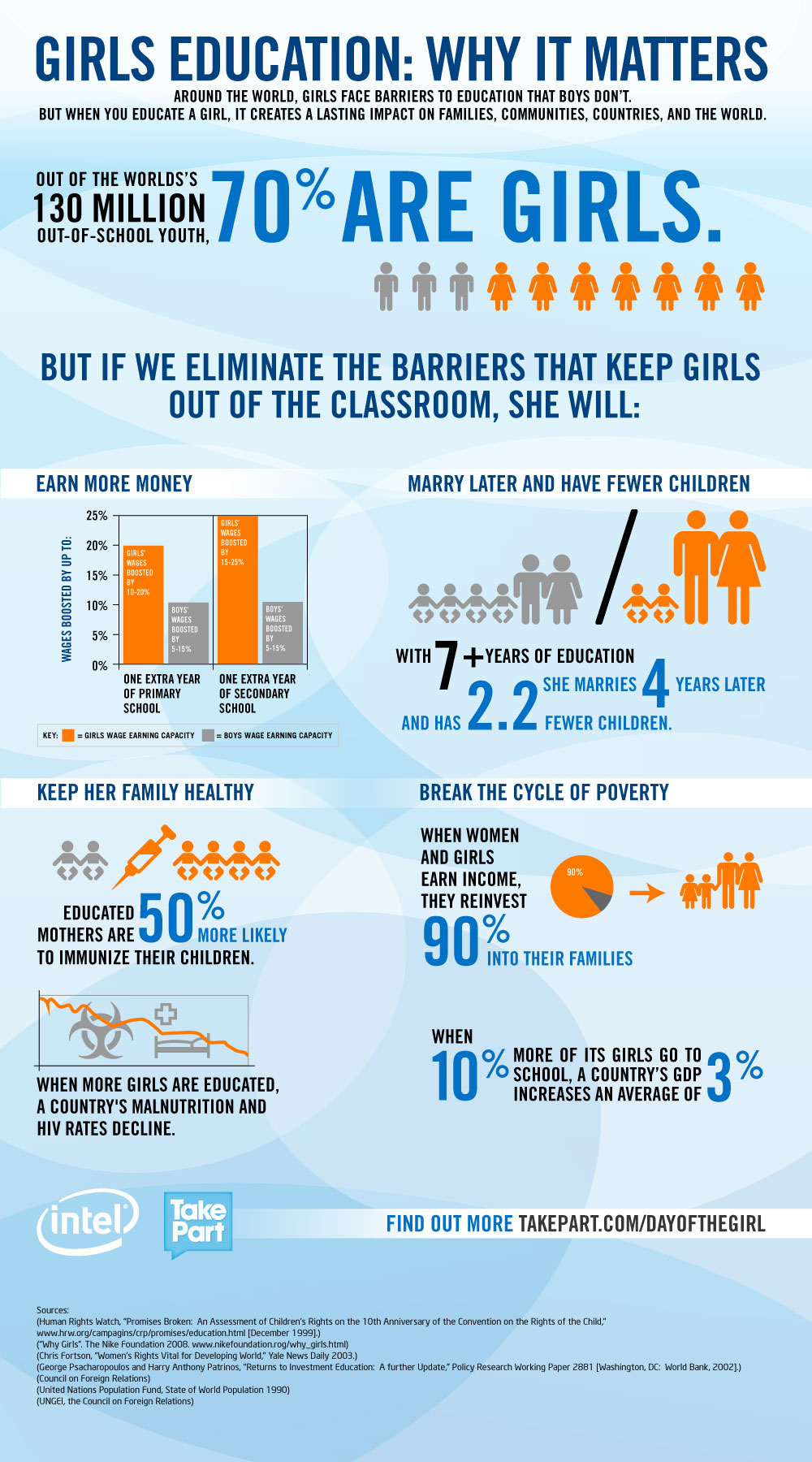The world’s water crisis is already here: India’s dropping water tables are leading to significant social unrest, and its growing urban population is now turning to what little surface water there is; climate change has reduced rainfall in the Horn of Africa so much, that the region is facing a catastrophic drought; and places like Bangladesh have so much biological and chemical contamination of their various water sources that it has led to the single largest case of mass poisoning in human history. The problem needs to be tackled on multiple fronts: converting unusable water into usable forms, reducing waste and inefficiency, and improving quality (especially for household use).
Water
Water is one of the world’s most critical natural resources. Essential for virtually every form of life on the planet, it is also a key input for producing food and energy. By all accounts, the world is facing a multi-faceted water crisis, and it is projected to get worse in the long run. The problems affecting the global poor particularly severely in the short to medium turn are:/
- Depletion of groundwater, especially due to agriculture. This problem is particularly severe in South Asia. As climate change leads to changing rainfall patterns around the world, placing additional stress on bodies of surface freshwater, this problem is becoming worse.
- Pollution of surface, piped and collected water by fecal pathogens in places with poor sanitation. Diarrheal disease is one of the leading causes of childhood mortality in the world.
- Access to available sources of shallow (rain-replenished, sustainable) ground water for irrigation, especially for smallholder farmers in sub-Saharan Africa.
- Desalination of brackish water (using a patented, improved capacitative deionization).
- Integrated water purification systems, combining technolgies they have already deployed (over the past decade) with enhancements and new technologies.
- A project to significantly improve global understanding and information on water security. They have developed a new model (called the Water Chokepoint Index) for assessing the “water insecurity level” of a municipality, provice, or country. The index combines consumption, wastage and recharge, and the implied risk to food security, energy security and household quality of life.


